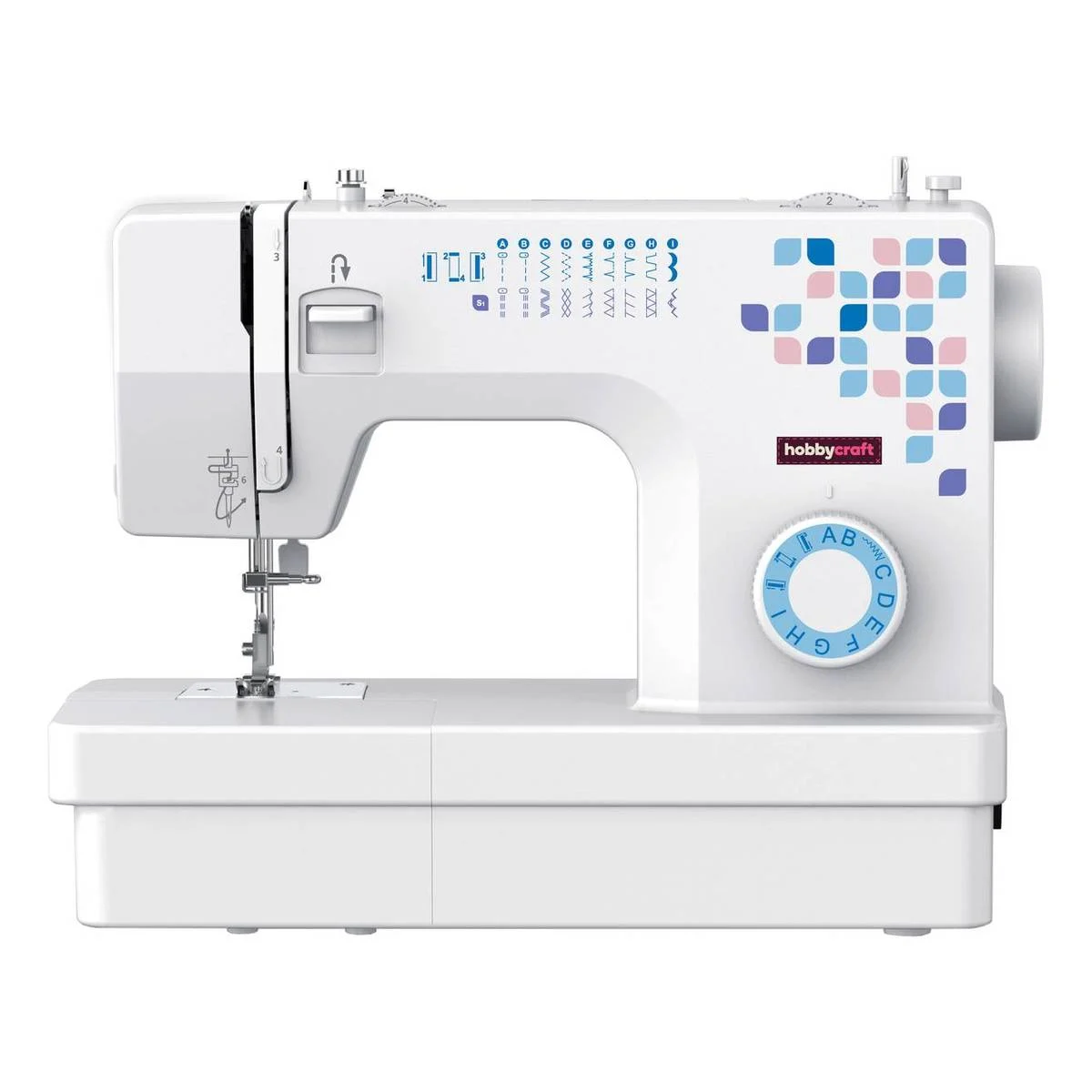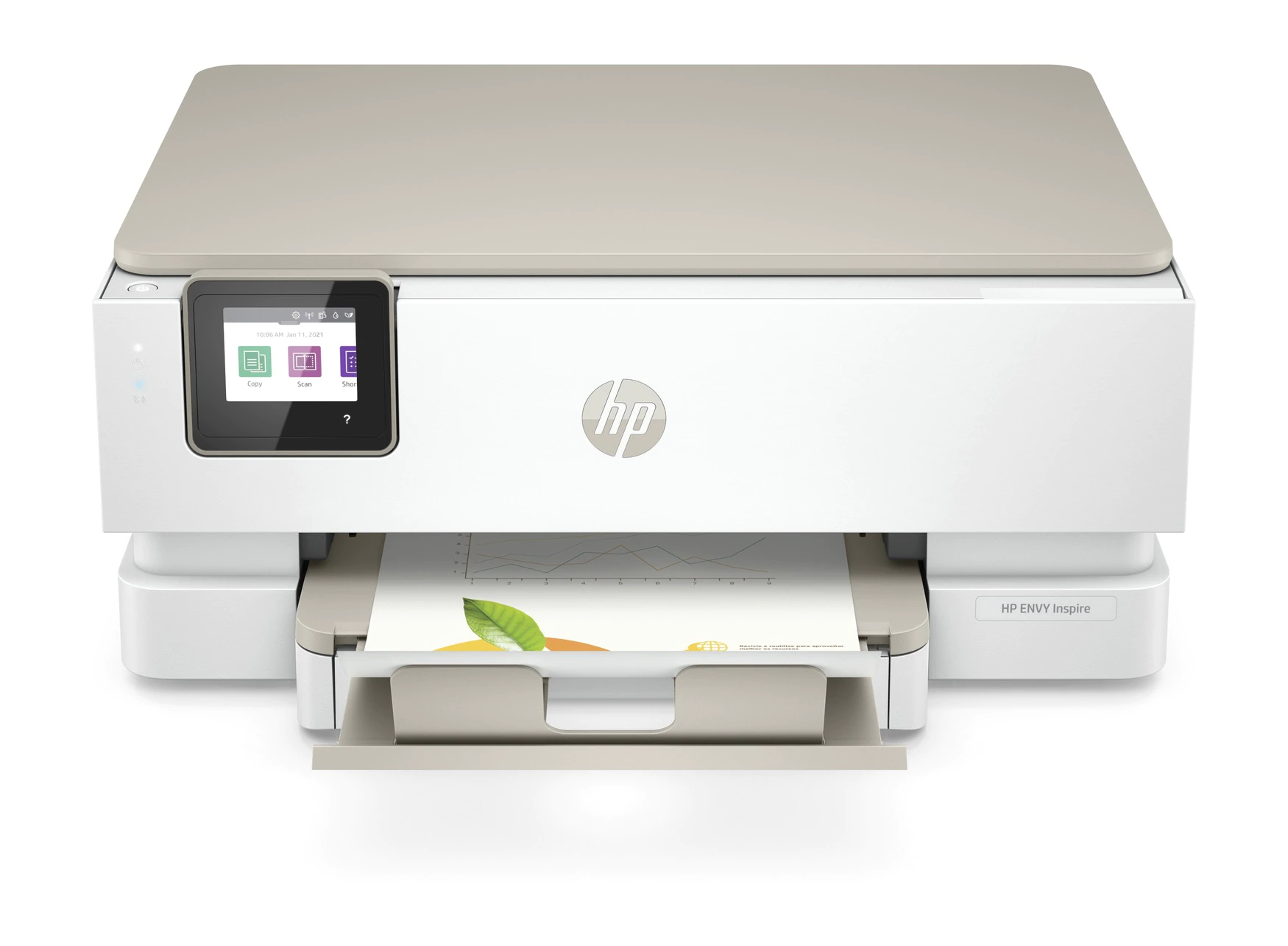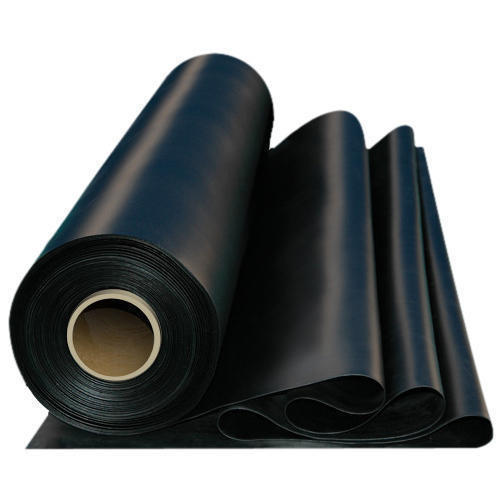How to Use a Tailoring Machine: A Comprehensive Guide for Beginners
How to Use a Tailoring Machine: A Comprehensive Guide for Beginners
Are you interested in learning how to use a tailoring machine? Whether you are a beginner or an experienced tailor, this comprehensive guide will provide you with the necessary information and skills to use a tailoring machine effectively. From understanding the different types of machines available to the basics of thread tension and stitch lengths, this guide will provide you with all the necessary tips and tricks to get you started. With this guide, you will gain an understanding of the basics of tailoring and be able to create beautiful and unique pieces of clothing and accessories. So, if you are ready to learn how to use a tailoring machine, read on and get started!
Overview of Different Types of Tailoring Machines
Before learning how to use a tailoring machine, it is crucial that you understand the different types of machines available. Depending on the type of machine, you will need to set up the machine differently and also use different types of thread. The table below outlines the most common types of tailoring machines and their key features. Machine Type Key Features Automatic or Manual Automatic machines have a built-in feeder and all the necessary settings are pre-programmed. This means they are great for beginners or those who do not have a lot of experience using a manual machine. Manual machines are more flexible and can be adjusted to suit your style of stitching and the material you are working with. Rotary or Vertical Rotary machines are more common and produce a straight stitch. Vertical machines are not as common and produce a zigzag stitch. A zigzag stitch is ideal for several types of materials, such as leather, and ensures a strong and durable stitch.
Preparing Your Machine for Use
First, you will need to familiarise yourself with your machine. This will allow you to maintain it properly and know how to troubleshoot any problems that may occur. Before starting to sew, make sure that the machine is unplugged, the foot controller and pressure foot are lowered and the thread path is clear. You will also need to make sure that your machine is threaded correctly. For a rotary machine, you will need to thread the machine from the top, while for a vertical machine, you will need to thread the machine from the bottom. Make sure that the thread spool is placed on an appropriate surface to avoid it from falling and tangled. You should also have an iron nearby, as it is crucial that your seams are well pressed after sewing them. This will make your garments look professional and enhance their durability.
Thread Tension Basics
Adjusting the thread tension is crucial for tailoring garments that fit well and are professionally finished. If the tension is too loose, the stitching will be uneven and may break easily. If the tension is too tight, the thread may pucker the material and cause creases. The first thing to do is set the thread tension to the middle setting. Then, use a fabric marker or pencil to mark the upper thread in the fabric. Next, adjust the thread tension so that the upper thread is slightly more taut than the lower thread. This is an important step and will ensure that your seams are straight and well finished.
Stitch Lengths and Their Uses
Stitch length determines the length of your stitches and is important when sewing with different types of fabrics. You can experiment with different stitch lengths and decide which length works best with each fabric. Stitch length is controlled by how far the thread is from the needle. It is crucial that you do not confuse stitch width with length. Width is the amount of space between two parallel lines of stitches. Below, we outline some of the most common stitch lengths and their uses. Short Stitch – This stitch length is best used with fine fabrics and when topstitching. It is crucial that you use the right length when topstitching, as a short stitch will cause puckering when you try to iron or press your garment. This stitch length is also ideal when sewing with beading or sequins. Medium Stitch – This stitch length is ideal when sewing with medium fabrics, such as suede or velvet. Long Stitch – This stitch length is best used when sewing with heavy fabrics, such as denim or leather. It is also ideal when sewing with thicker fabrics, such as faux fur.
Different Types of Stitches
As you practice and gain experience using a tailoring machine, you will learn which stitches work best with different fabrics and projects. Below, we outline some of the most common stitches and how to use them. Blanket Stitch – This stitch is ideal for sewing seams and is also known as an overcast stitch. To use this stitch, select the overcast stitch on your machine and adjust the length and width accordingly. Backstitch – This stitch is commonly used at the beginning and end of seams to secure them. To use this stitch, select the backwards stitch setting on your machine. Buttonhole Stitch – To stitch a buttonhole, select the buttonhole setting on your machine. You can also use a decorative stitch, such as a straight stitch with a long stitch length, to create a decorative buttonhole. Straight Stitch – Ideal for sewing seams and hems, this stitch is the standard stitch on most machines. Zipper Stitch – This stitch is ideal for sewing a long and short stitch, which is ideal for sewing a zipper.
Tips for Using a Tailoring Machine
Always use a spool of thread that is appropriate for your machine. You can consult the instruction manual to see which type of thread your machine accepts. Make sure that your accessories are in good condition and replace them if they are worn out or damaged. Keep your machine clean and oiled regularly for optimal performance and longevity. Always press your seams after sewing them to enhance their durability and professional look.
Troubleshooting Common Problems
If you encounter any problems while using your machine, it is important that you identify what the problem is and how to solve it. Below, we outline some of the most common problems and how to solve them. Toothed or Slotted Spool – If your machine is not feeding thread from the spool, or if the thread is tangled, you might have an incorrect spool type. Your machine might accept toothed spools, which have teeth on the outside of the spool, or slotted spools, which have holes in the middle. If you are not sure which type of spool your machine accepts, consult the instruction manual. Frayed Thread End – If your thread end is frayed, you might be pulling too much thread through the foot pedal or your thread tension may be too tight. If your thread is slipping through the foot pedal, try adjusting your foot pressure or thread take-up action. Thread is Uncoiling from the Spool – If your thread is uncoiling from the spool, you might be using a spool that is too large for your machine. Make sure that the spool diameter is correct for your machine.
Caring for Your Tailoring Machine
Regular cleaning and maintenance are crucial for optimal machine performance. Clean your machine at least once a week to prevent dirt and lint from damaging your machine. Make sure to clean all parts of your machine, including the bobbin case and the feeder. Remove lint and loose dirt from the machine to prevent it from clogging and damaging the internal workings of your machine. Oil your machine regularly to ensure that it operates smoothly and lasts for years. Depending on the type of oil you use, you should oil your machine every 2 or 3 weeks.
Final Tips for Beginners
To recap, we have outlined some final tips that will help you master the basics of using a tailoring machine. Practice regularly and use the range of different fabrics provided at your local fabric store to gain experience and become familiar with the different types of fabrics. Keep your machine clean and well maintained to prolong its life and ensure optimal performance. Use the right type of thread for the right type of machine to prevent damage and breakages. Overall, learning how to use a tailoring machine can be challenging, but it is an essential skill for any tailor. By following this guide, you will be able to use a tailoring machine effectively and create beautiful garments and accessories.








LEAVE A COMMENT
You must be logged in to post a comment.